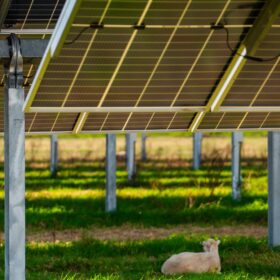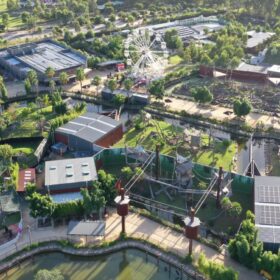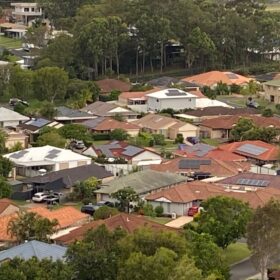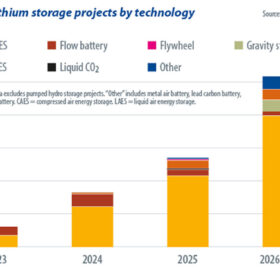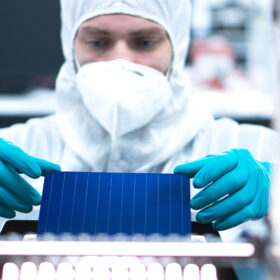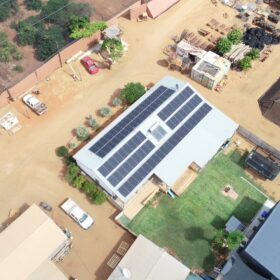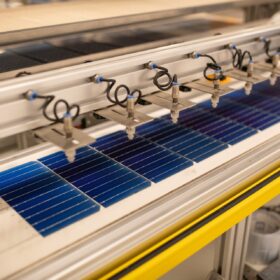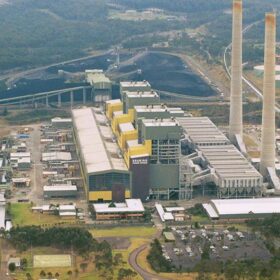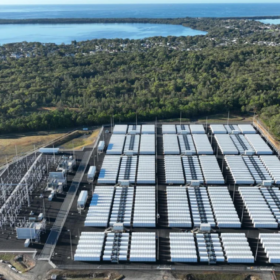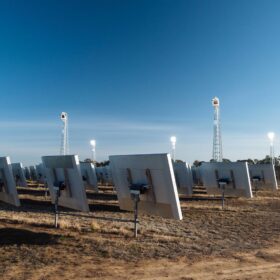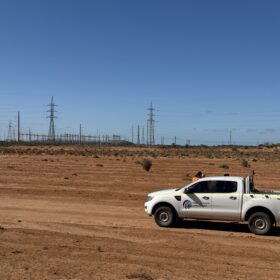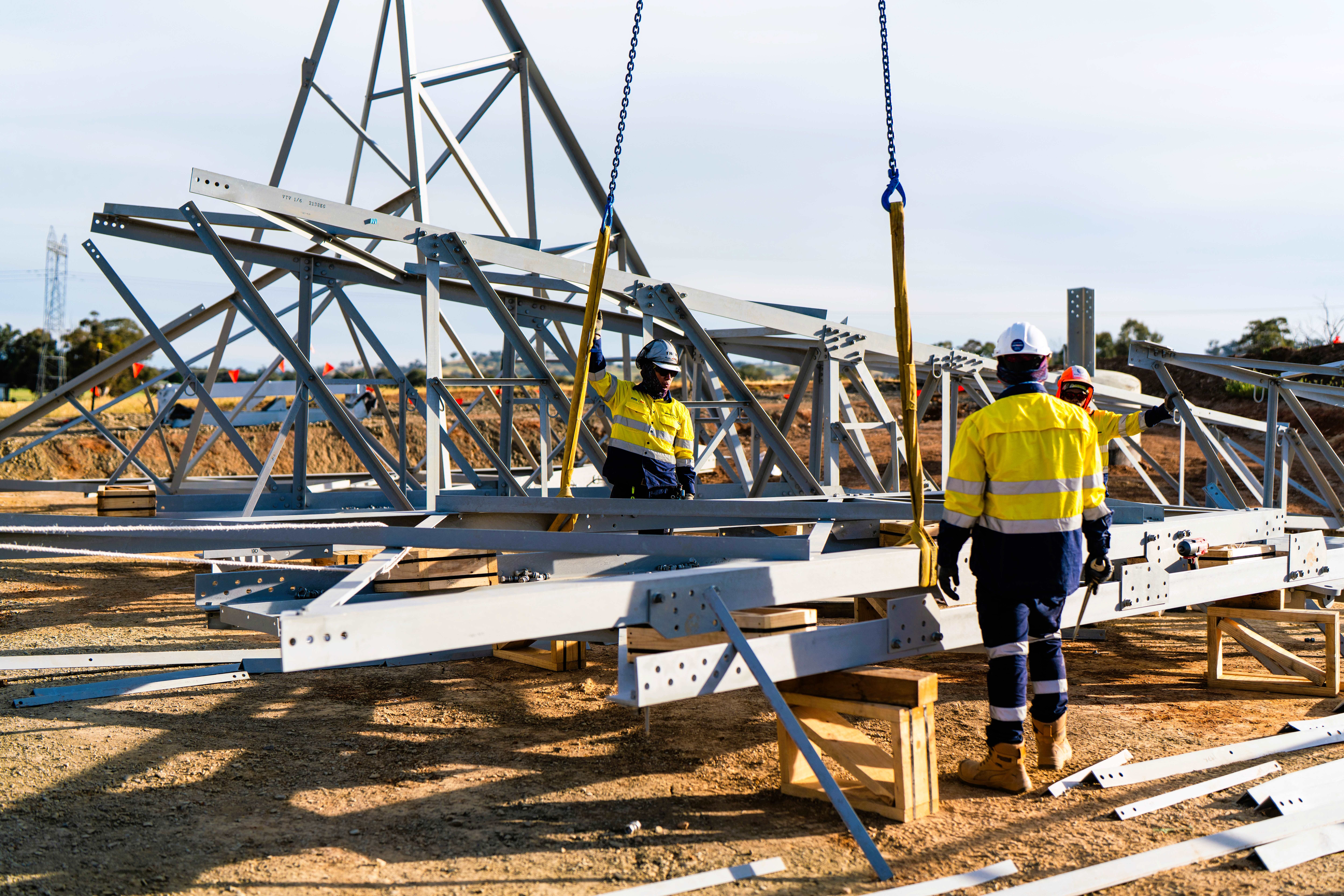Trina provides one-stop service for NZ solar farm
Trina Solar continues to cement its transition from PV panel manufacturer to a single supplier for solar projects, having delivered both the modules and the tracking system for what is New Zealand’s largest operational solar farm.
Sydney Zoo teams with EnergyAustralia for rooftop solar solution
The complex energy needs of a wildlife attraction in Sydney’s east that houses more than 4,000 animals will in part be met by renewable energy following the installation of a 271 kW rooftop solar system spread across eight buildings at the site.
Report says rooftop solar key to cutting climate pollution
A new report puts electricity generation, storage, transmission and electrification from renewable sources on Australia’s front line to combat climate pollution.
Weekend read: Can anything topple lithium-ion?
The need for long-duration energy storage in a net-zero world is undeniable but with conventional battery prices tumbling, can anything dislodge the mainstream grip of lithium ion? S&P Global’s Susan Taylor provides an update on non-lithium storage technologies.
SunDrive does deal with AGL in domestic solar panel push
Solar panel manufacturing in Australia has reached a new zenith with a commitment by two industry leaders to explore the possibilities of establishing a commercial-scale advanced solar panel manufacturing facility in the heart of New South Wales coal country.
Horizon expands software rollout to enable more regional rooftop solar
Solar access will be expanded throughout regional Western Australia with state-owned energy provider Horizon Power announcing plans to roll out “state-of-the-art” internet-connected technology that will help balance energy on regional microgrids.
Study stresses urgent need for action with solar waste tipped to reach 1.2 GW annually
A new report has called for large PV waste and recycling facilities to be established in major Australian cities as a matter of priority with solar waste predicted to reach 100,000 tonnes annually, equivalent to 1.2 GW per year, by the end of the decade.
Albanese announces $1 billion ‘pit to panel” solar manufacturing program
The Australian government will commit $1 billion to help build a domestic solar panel manufacturing industry that it anticipates will underpin the nation’s future as a renewable energy superpower.
Transgrid reveals refined route for VNI West project
Network operator Transgrid has shuffled the proposed route for the Victoria-New South Wales Interconnector West transmission project, acknowledging that community concerns, including potential impacts on agriculture and visual amenity have had a significant influence.
More coal subsidies to extend Eraring’s life ‘unjustifiable’
Electricity gen-tailer Origin Energy is currently in talks with the New South Wales government to extend the life of Australia’s biggest coal power clunker, the hyper-expensive, high-emissions, end-of-life 2.88 GW Eraring plant, beyond its slated closure date of August 2025. The reason cited for extension is to maintain reliable and secure energy supply in our state.
